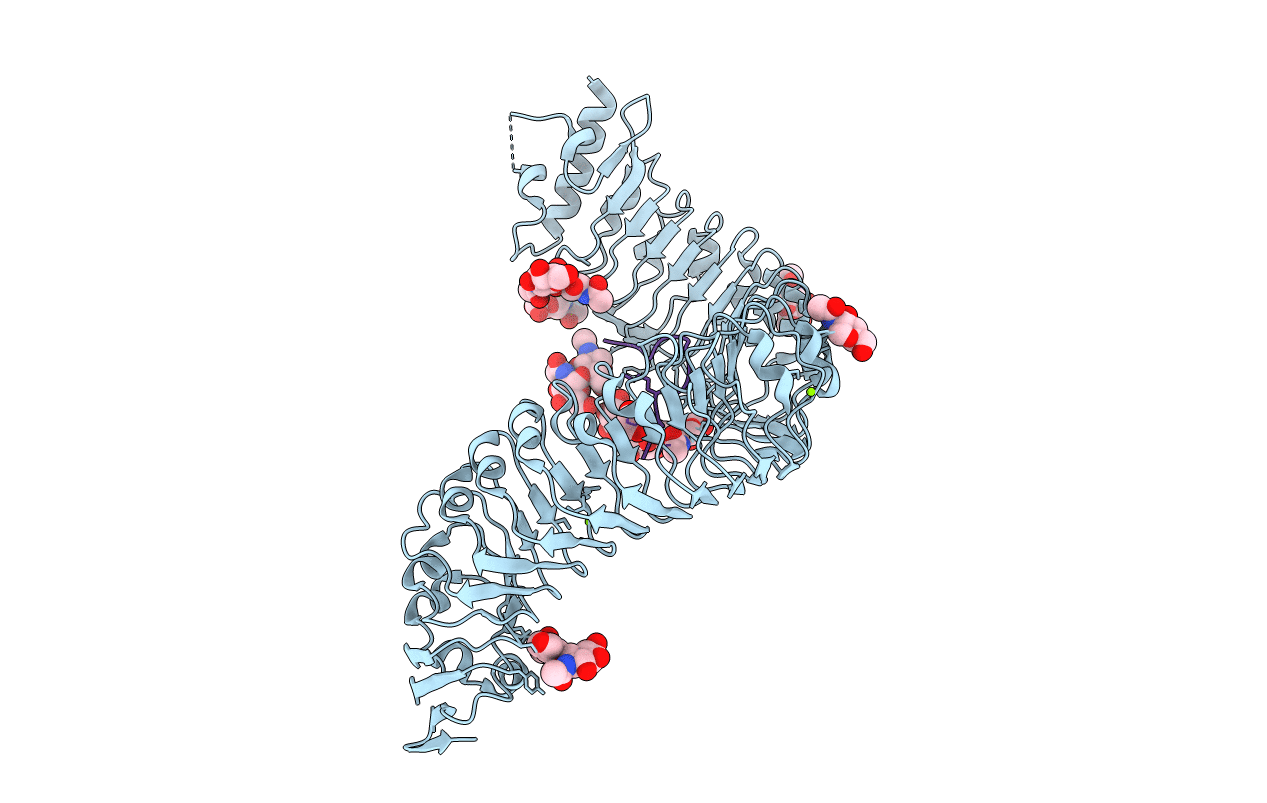
Deposition Date
2016-03-23
Release Date
2016-04-20
Last Version Date
2024-01-10
Entry Detail
PDB ID:
5IXQ
Keywords:
Title:
Crystal structure of the Arabidopsis receptor kinase HAESA LRR ectdomain in complex with the peptide hormone IDA.
Biological Source:
Source Organism:
Arabidopsis thaliana (Taxon ID: 3702)
Host Organism:
Method Details:
Experimental Method:
Resolution:
1.86 Å
R-Value Free:
0.20
R-Value Work:
0.18
R-Value Observed:
0.18
Space Group:
P 31 2 1


